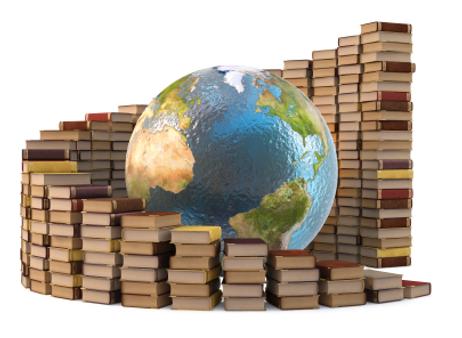The International Baccalaureate, also known as IB, is an academic program that has been gaining steam in the United States, as well as globally. What originally began as a curriculum to prepare high school juniors and seniors for postsecondary education has now evolved into a complete curriculum that spans pre-K – grade 12. The focus of the program, as the name suggests, is a global one, providing students with a broader view of their world that goes well beyond the immediate boundaries of their school, state – or even their country.
History of the International Baccalaureate Program
International Baccalaureate began as a non-profit educational foundation in Geneva, Switzerland in 1968. According to the website for the International Baccalaureate Organization (IBO), the foundation was originally created to provide students with a truly international education, through a common set of pre-college curriculum and examinations. The first IB programs were primarily found in private schools overseas, but eventually grew to encompass public schools as well.
Since its introduction, the IB program has spread to more than 140 countries and 900,000 students worldwide. The first International Baccalaureate program came to the United States in 1974. Today, many U.S. schools offer IB curriculum to students, as educators are beginning to see IB as a way to raise the bar on education standards for students preparing for life after high school. Ralph Cline, IB North American Regional Director, told Education.com, “We double our size every five years.”
IB Philosophy




































